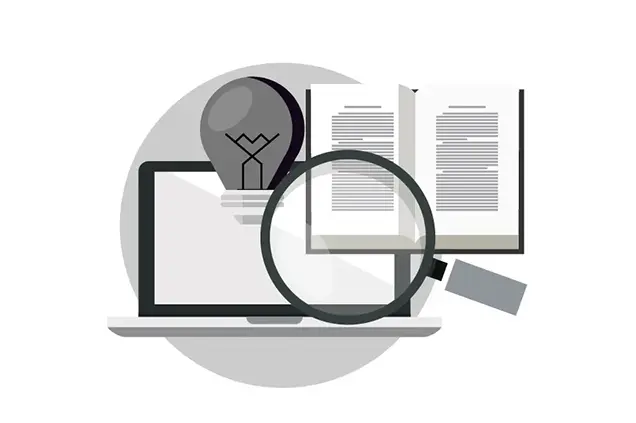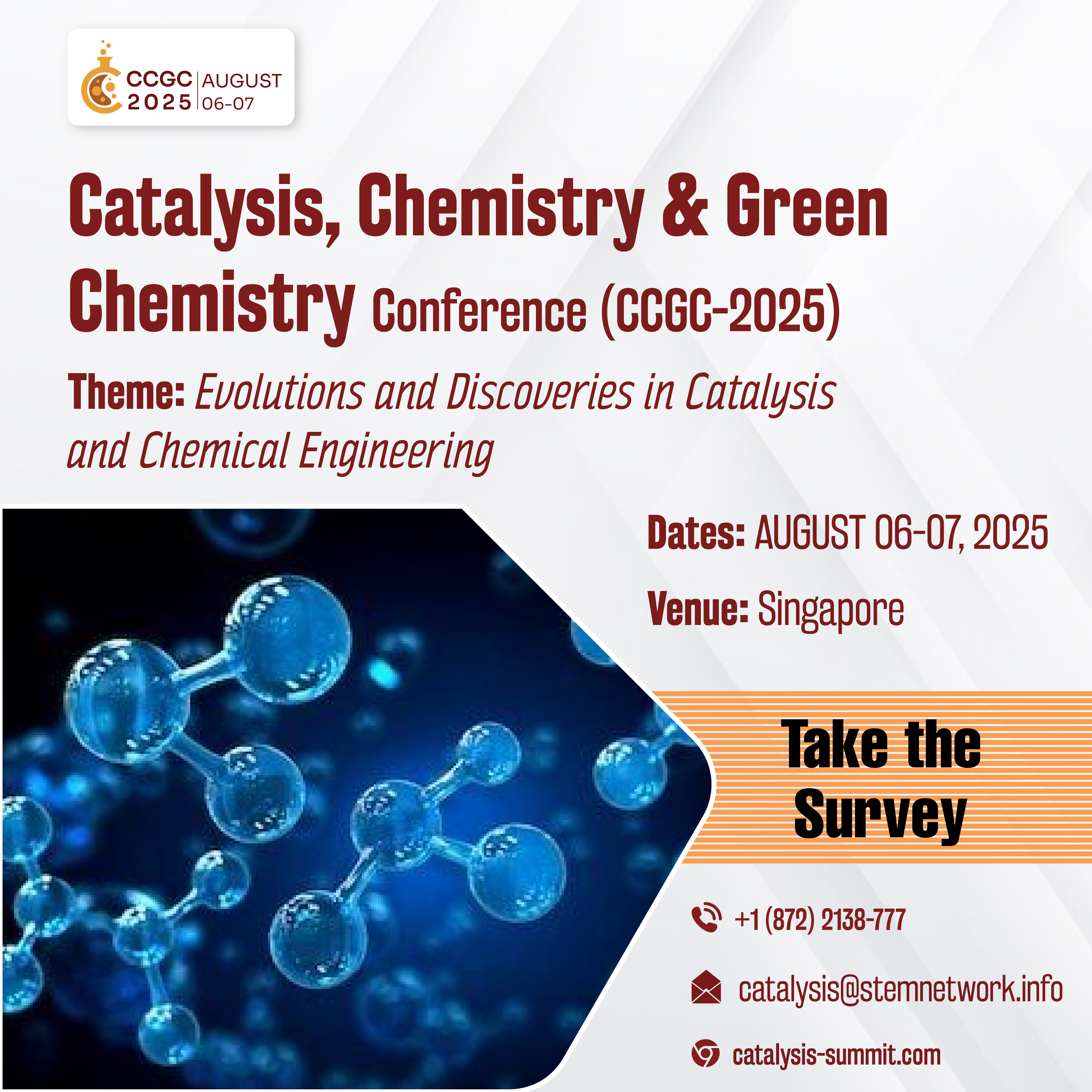

Plagiarism Checker
In the world of academia and professional writing, maintaining originality and ensuring the integrity of one's work is paramount. Plagiarism checkers are essential tools that help researchers, students, and writers identify potential plagiarism in their documents, enabling them to uphold ethical standards in their work. This article delves into the significance of plagiarism checkers, detailing their features, benefits, and comparisons with other tools in the realm of academic writing.
Plagiarism Checker
In the world of academia and professional writing, maintaining originality and ensuring the integrity of one's work is paramount. Plagiarism checkers are essential tools that help researchers, students, and writers identify potential plagiarism in their documents, enabling them to uphold ethical standards in their work. This article delves into the significance of plagiarism checkers, detailing their features, benefits, and comparisons with other tools in the realm of academic writing.
What is a Plagiarism Checker?
A plagiarism checker is a software tool designed to detect instances of plagiarism in written content. By comparing submitted text against a vast database of published works, articles, and online content, plagiarism checkers highlight similarities and potential matches, allowing users to identify unoriginal content. These tools are invaluable for ensuring that written work adheres to academic standards and avoids issues of intellectual property theft.
Key Features of Plagiarism Checkers
 Text Comparison: Plagiarism checkers analyze the submitted text against a comprehensive database of academic journals, articles, websites, and other written content to identify similarities and potential matches.
Text Comparison: Plagiarism checkers analyze the submitted text against a comprehensive database of academic journals, articles, websites, and other written content to identify similarities and potential matches. Originality Reports: After scanning a document, plagiarism checkers generate detailed originality reports that highlight instances of potential plagiarism, providing a percentage of similarity and citing sources where matches were found.
Originality Reports: After scanning a document, plagiarism checkers generate detailed originality reports that highlight instances of potential plagiarism, providing a percentage of similarity and citing sources where matches were found. Multiple File Formats: Many plagiarism checkers support various file formats, allowing users to upload documents in formats such as Word, PDF, and plain text for analysis.
Multiple File Formats: Many plagiarism checkers support various file formats, allowing users to upload documents in formats such as Word, PDF, and plain text for analysis. Real-Time Checking: Some tools offer real-time plagiarism detection, enabling users to check their work as they write, ensuring originality from the outset.
Real-Time Checking: Some tools offer real-time plagiarism detection, enabling users to check their work as they write, ensuring originality from the outset. Comprehensive Database Access: Plagiarism checkers maintain extensive databases that include published works, academic papers, and online content, providing a wide-ranging comparison to identify unoriginal text.
Comprehensive Database Access: Plagiarism checkers maintain extensive databases that include published works, academic papers, and online content, providing a wide-ranging comparison to identify unoriginal text. User-Friendly Interface: Most plagiarism checkers feature intuitive interfaces that simplify the submission process and make it easy for users to navigate their reports.
User-Friendly Interface: Most plagiarism checkers feature intuitive interfaces that simplify the submission process and make it easy for users to navigate their reports. Citation Suggestions: Some advanced plagiarism checkers provide citation suggestions for matching content, helping users appropriately reference sources and avoid unintentional plagiarism.
Citation Suggestions: Some advanced plagiarism checkers provide citation suggestions for matching content, helping users appropriately reference sources and avoid unintentional plagiarism. Integration with Writing Tools: Certain plagiarism checkers can integrate with popular writing tools and platforms, allowing users to check their work seamlessly within their writing environment.
Integration with Writing Tools: Certain plagiarism checkers can integrate with popular writing tools and platforms, allowing users to check their work seamlessly within their writing environment. Batch Checking: For organizations or institutions, many plagiarism checkers offer batch checking features, allowing users to analyze multiple documents simultaneously, which is particularly useful for educators.
Batch Checking: For organizations or institutions, many plagiarism checkers offer batch checking features, allowing users to analyze multiple documents simultaneously, which is particularly useful for educators. Privacy and Security: Reputable plagiarism checkers ensure that users documents are secure and confidential, protecting sensitive information and intellectual property.
Privacy and Security: Reputable plagiarism checkers ensure that users documents are secure and confidential, protecting sensitive information and intellectual property.
Benefits of Using Plagiarism Checkers
 Maintain Academic Integrity: Plagiarism checkers help uphold academic integrity by ensuring that writers attribute ideas and content appropriately, reducing the risk of unintentional plagiarism.
Maintain Academic Integrity: Plagiarism checkers help uphold academic integrity by ensuring that writers attribute ideas and content appropriately, reducing the risk of unintentional plagiarism. Improve Writing Quality: By identifying similarities with existing content, writers can refine their work, enhance originality, and strengthen their arguments.
Improve Writing Quality: By identifying similarities with existing content, writers can refine their work, enhance originality, and strengthen their arguments. Boost Confidence: Knowing that their work has been checked for plagiarism provides writers with peace of mind, allowing them to submit their work confidently.
Boost Confidence: Knowing that their work has been checked for plagiarism provides writers with peace of mind, allowing them to submit their work confidently. Facilitate Learning: For students and novice writers, plagiarism checkers serve as educational tools that teach the importance of originality and proper citation practices.
Facilitate Learning: For students and novice writers, plagiarism checkers serve as educational tools that teach the importance of originality and proper citation practices.
Plagiarism Checkers vs. Other Writing Tools
When compared to other writing tools like grammar checkers and citation managers, plagiarism checkers offer unique functionalities focused specifically on identifying unoriginal content. Here's how they differ:
 Focus on Originality: Plagiarism checkers are dedicated to assessing the originality of written work, while grammar checkers focus on language and syntax errors.
Focus on Originality: Plagiarism checkers are dedicated to assessing the originality of written work, while grammar checkers focus on language and syntax errors. Database Access: Plagiarism checkers utilize extensive databases for comparison, whereas citation managers assist with formatting and organizing references but do not assess content originality.
Database Access: Plagiarism checkers utilize extensive databases for comparison, whereas citation managers assist with formatting and organizing references but do not assess content originality. Integration with Writing Processes: While some writing tools integrate citation management and grammar checking, plagiarism checkers primarily serve as a final step in the writing process to ensure content integrity.
Integration with Writing Processes: While some writing tools integrate citation management and grammar checking, plagiarism checkers primarily serve as a final step in the writing process to ensure content integrity.
How to Get Started with a Plagiarism Checker
Using a plagiarism checker is straightforward. Here's how to get started:
 Choose a Plagiarism Checker: Research and select a plagiarism checker that fits your needs. Some popular options include Turnitin, Grammarly, Copyscape, and Unicheck.
Choose a Plagiarism Checker: Research and select a plagiarism checker that fits your needs. Some popular options include Turnitin, Grammarly, Copyscape, and Unicheck. Create an Account: For online tools, sign up for an account, which may be free or require a subscription for premium features.
Create an Account: For online tools, sign up for an account, which may be free or require a subscription for premium features. Upload Your Document: Select the document you want to check for plagiarism. Most tools support various file formats for convenience.
Upload Your Document: Select the document you want to check for plagiarism. Most tools support various file formats for convenience. Run the Check: Initiate the plagiarism check. The tool will scan your document against its database and generate a report.
Run the Check: Initiate the plagiarism check. The tool will scan your document against its database and generate a report. Review the Report: Once the check is complete, review the originality report. Pay close attention to highlighted sections and cited sources.
Review the Report: Once the check is complete, review the originality report. Pay close attention to highlighted sections and cited sources. Revise as Necessary: If instances of plagiarism are identified, revise your work by paraphrasing, quoting, or properly citing the sources to enhance originality.
Revise as Necessary: If instances of plagiarism are identified, revise your work by paraphrasing, quoting, or properly citing the sources to enhance originality. Resubmit for Final Check: After making revisions, consider resubmitting your document for a final check to ensure all concerns have been addressed.
Resubmit for Final Check: After making revisions, consider resubmitting your document for a final check to ensure all concerns have been addressed.
Conclusion
Plagiarism checkers are indispensable tools for maintaining the integrity of academic and professional writing. By enabling users to identify potential instances of unoriginal content, these tools not only uphold ethical standards but also enhance the quality of written work. With features that facilitate real-time checking, detailed originality reports, and citation suggestions, plagiarism checkers empower researchers, students, and writers to produce original content confidently. As academic and professional expectations continue to evolve, integrating a plagiarism checker into the writing process is essential for anyone committed to upholding the principles of originality and intellectual integrity.
Resource Library
Partnered Content Networks
© 2024 STEM Network. All rights reserved.





























